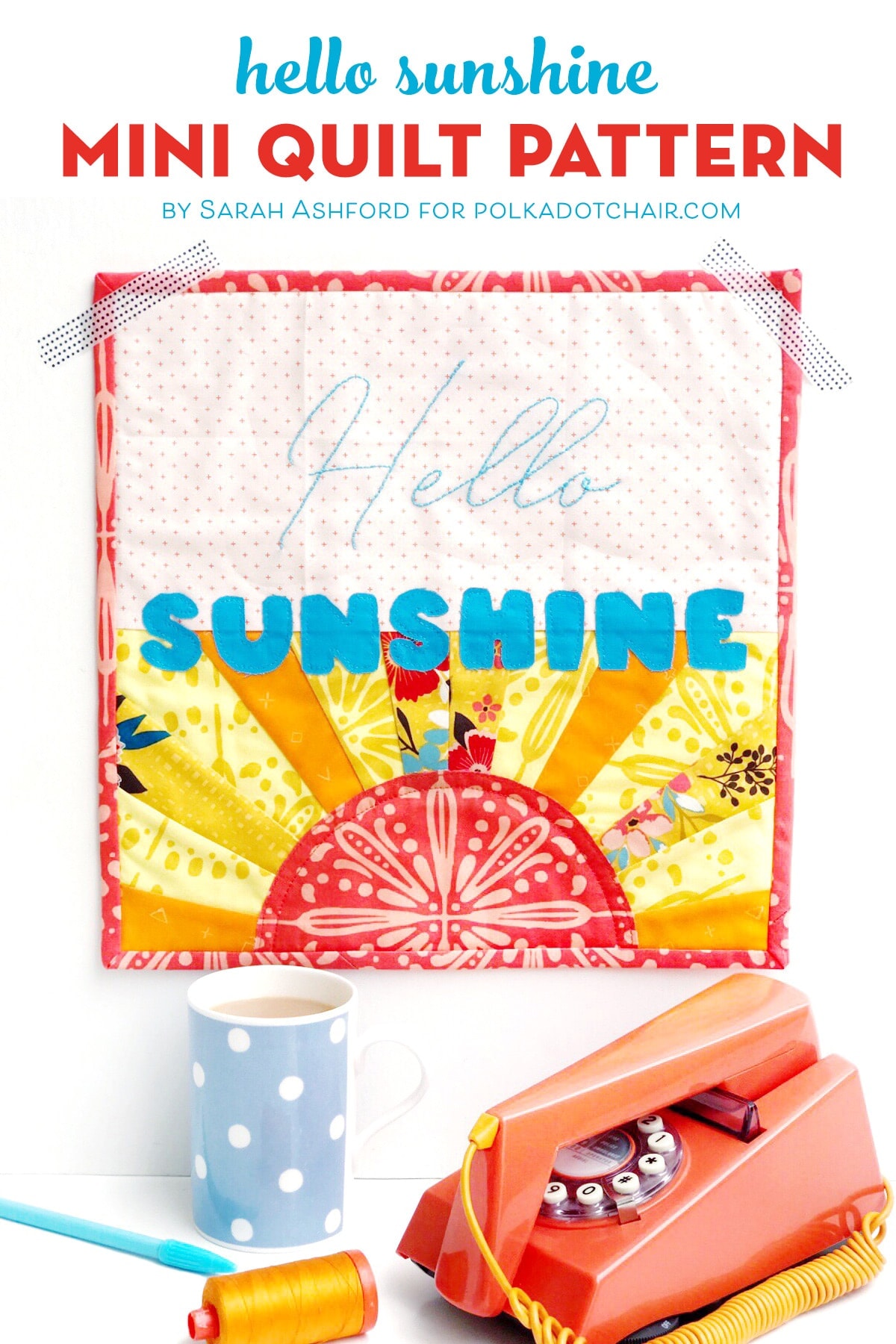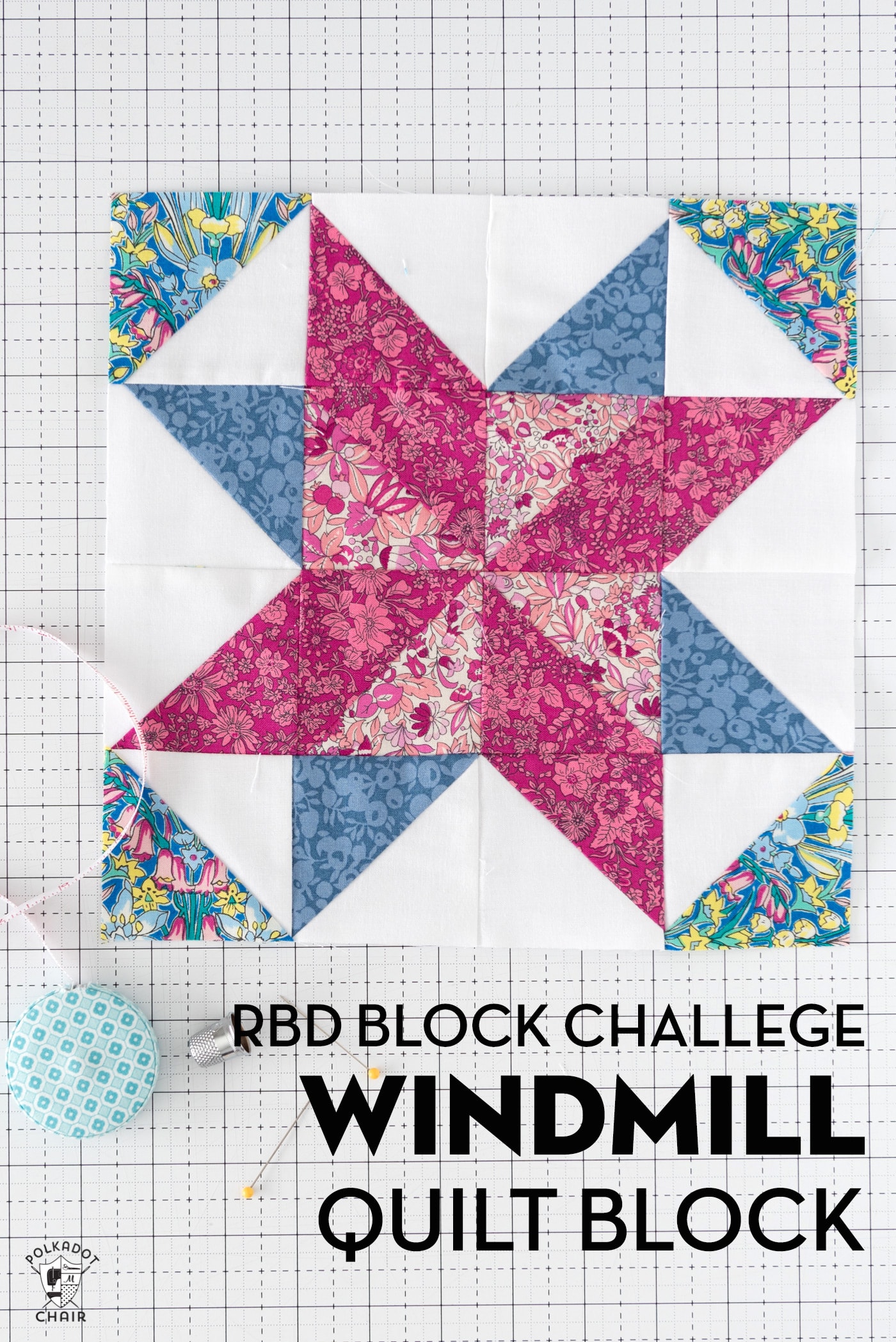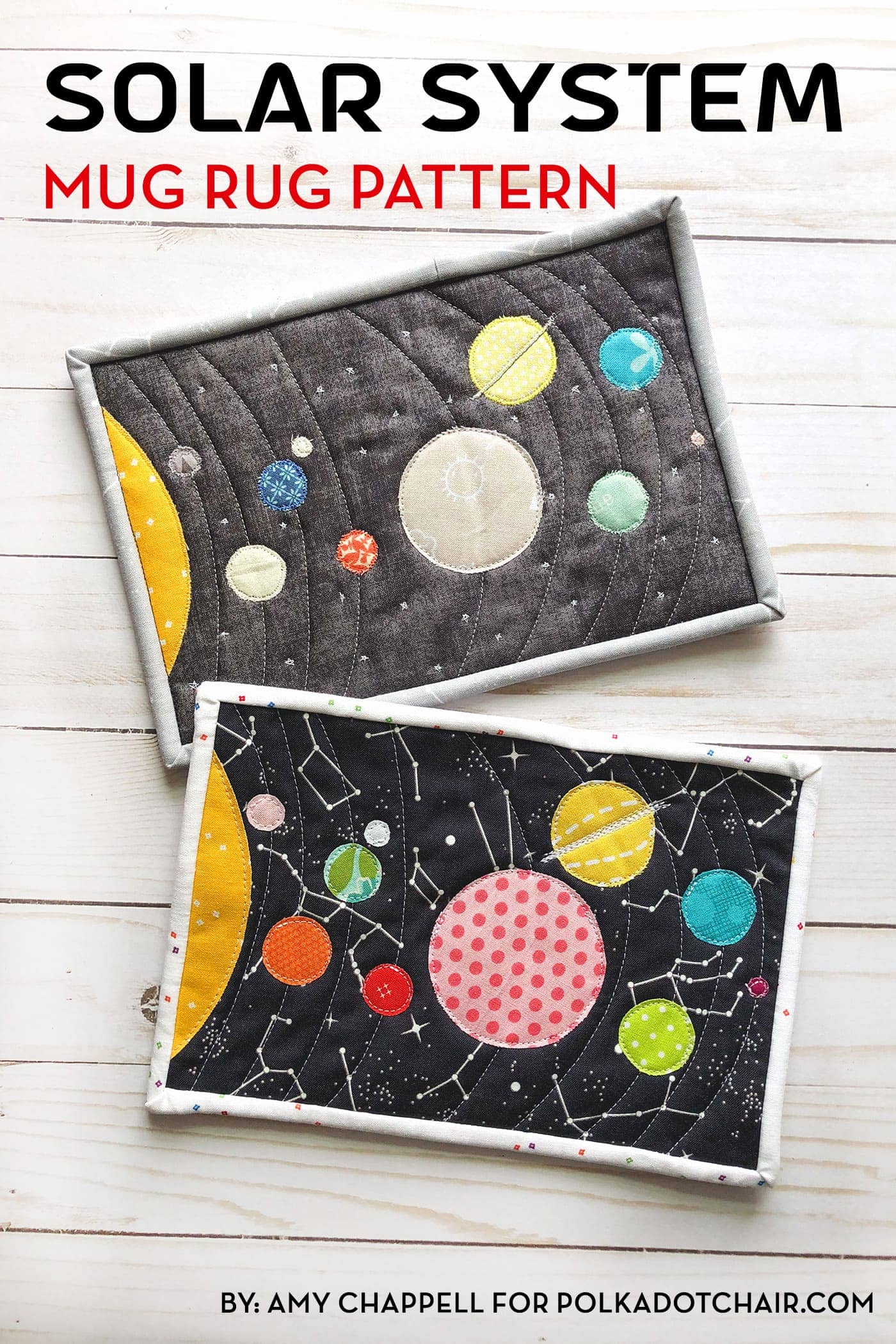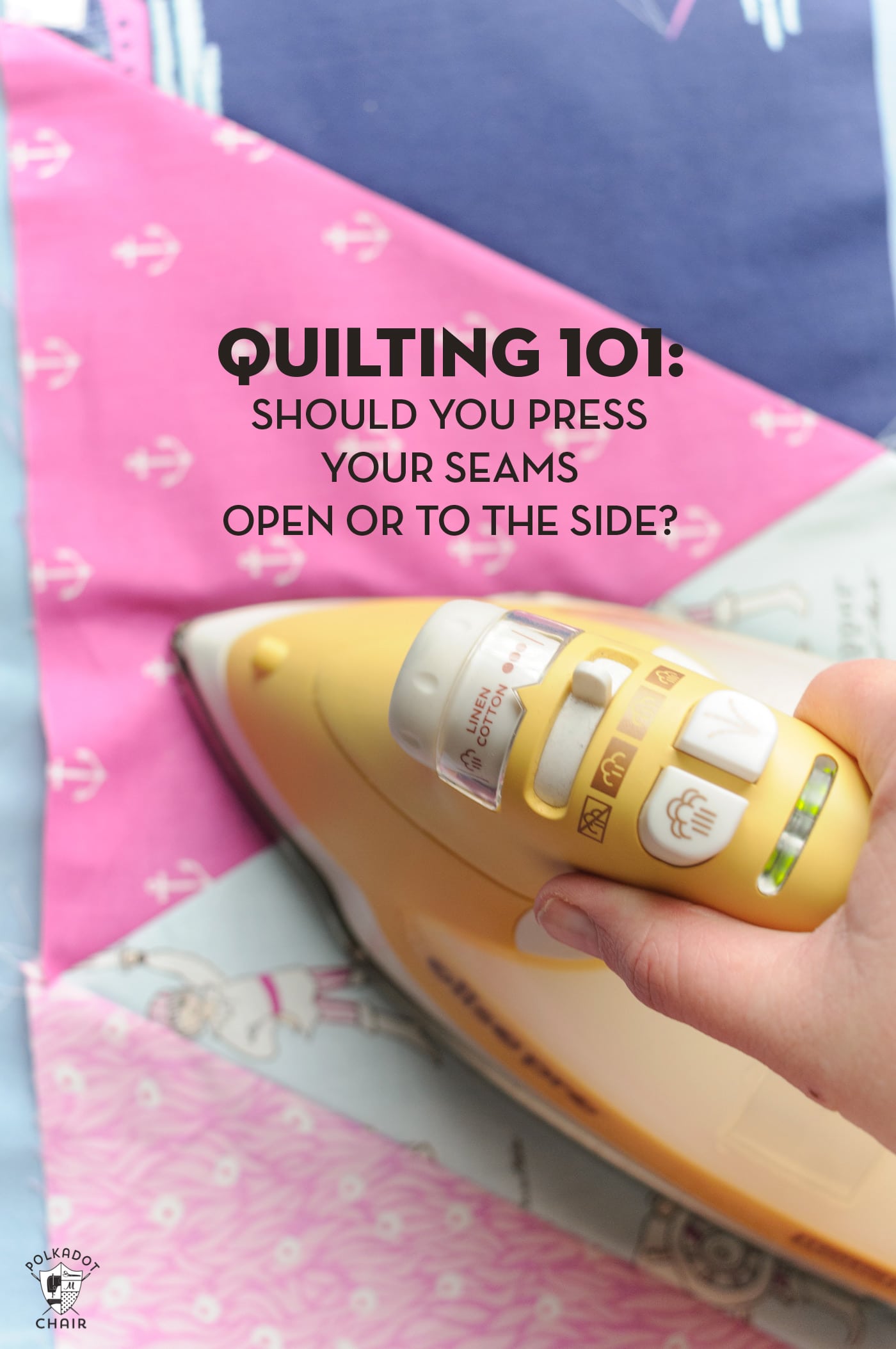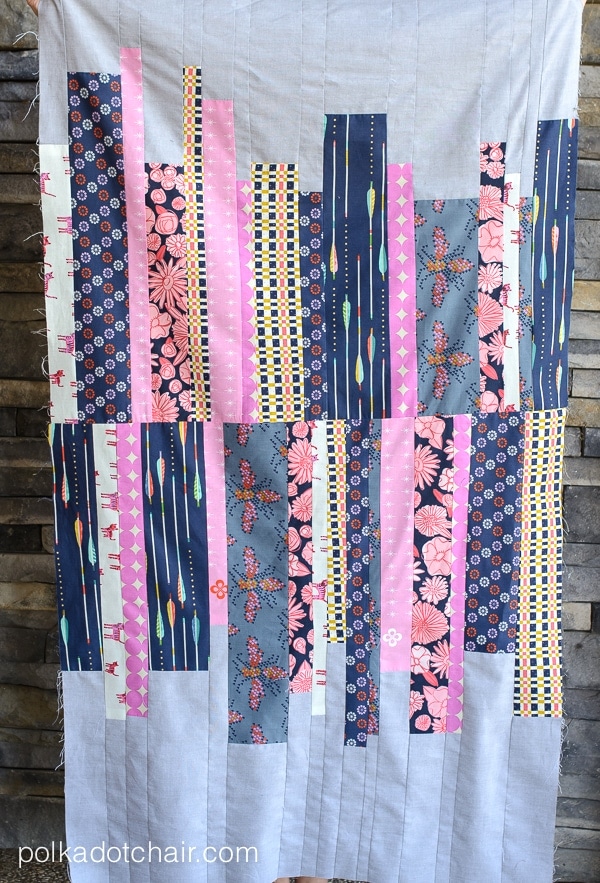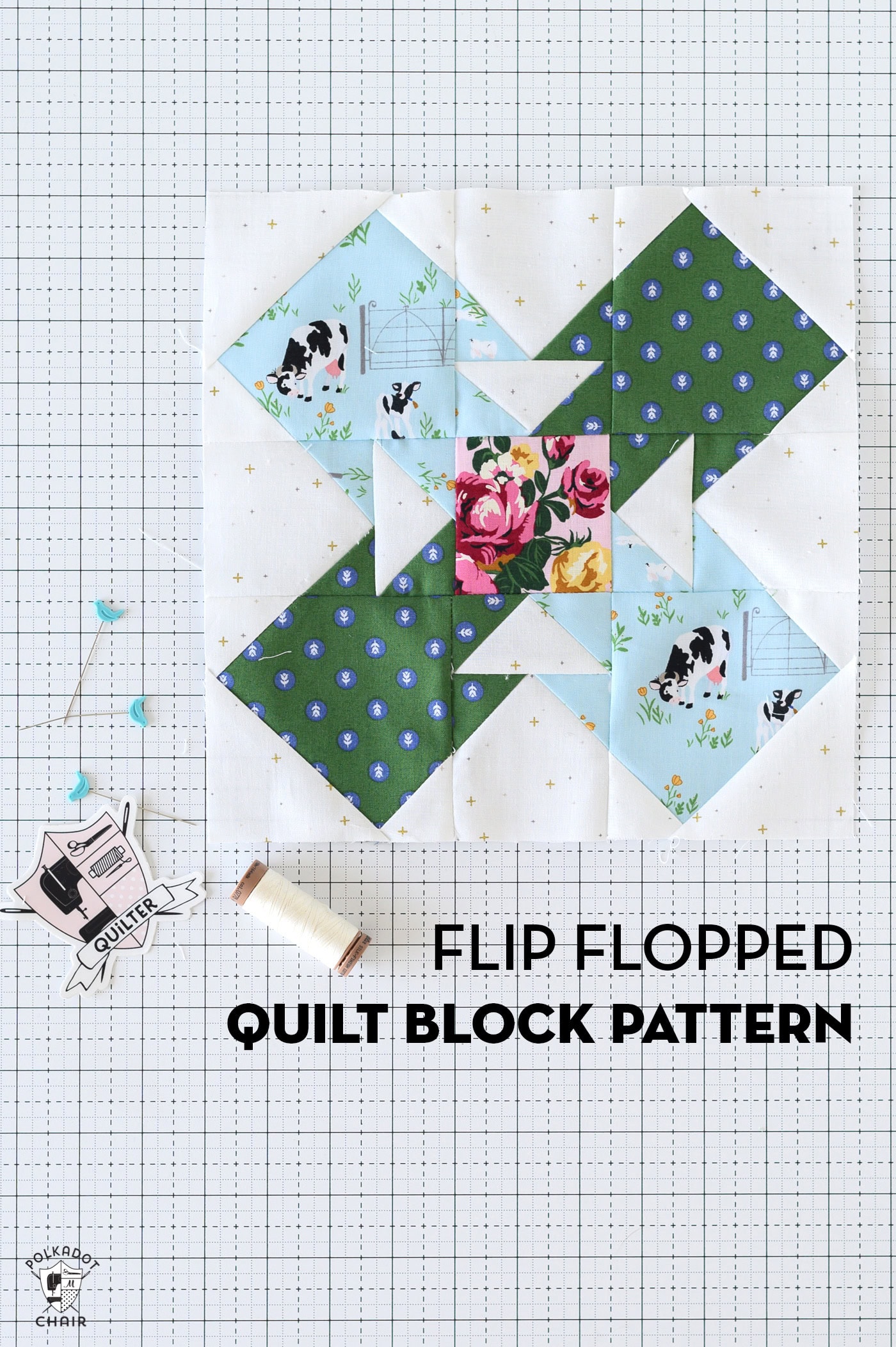Tips for Quilting with Non-Traditional and Specialty Fabrics
Have you ever wanted to create a quilt with something other than quilting cotton? Quilting with non-traditional and specialty fabrics like corduroy, flannel, minky, and velvet can give your finished projects a lot of extra texture. There are just a few things to keep in mind before you begin.
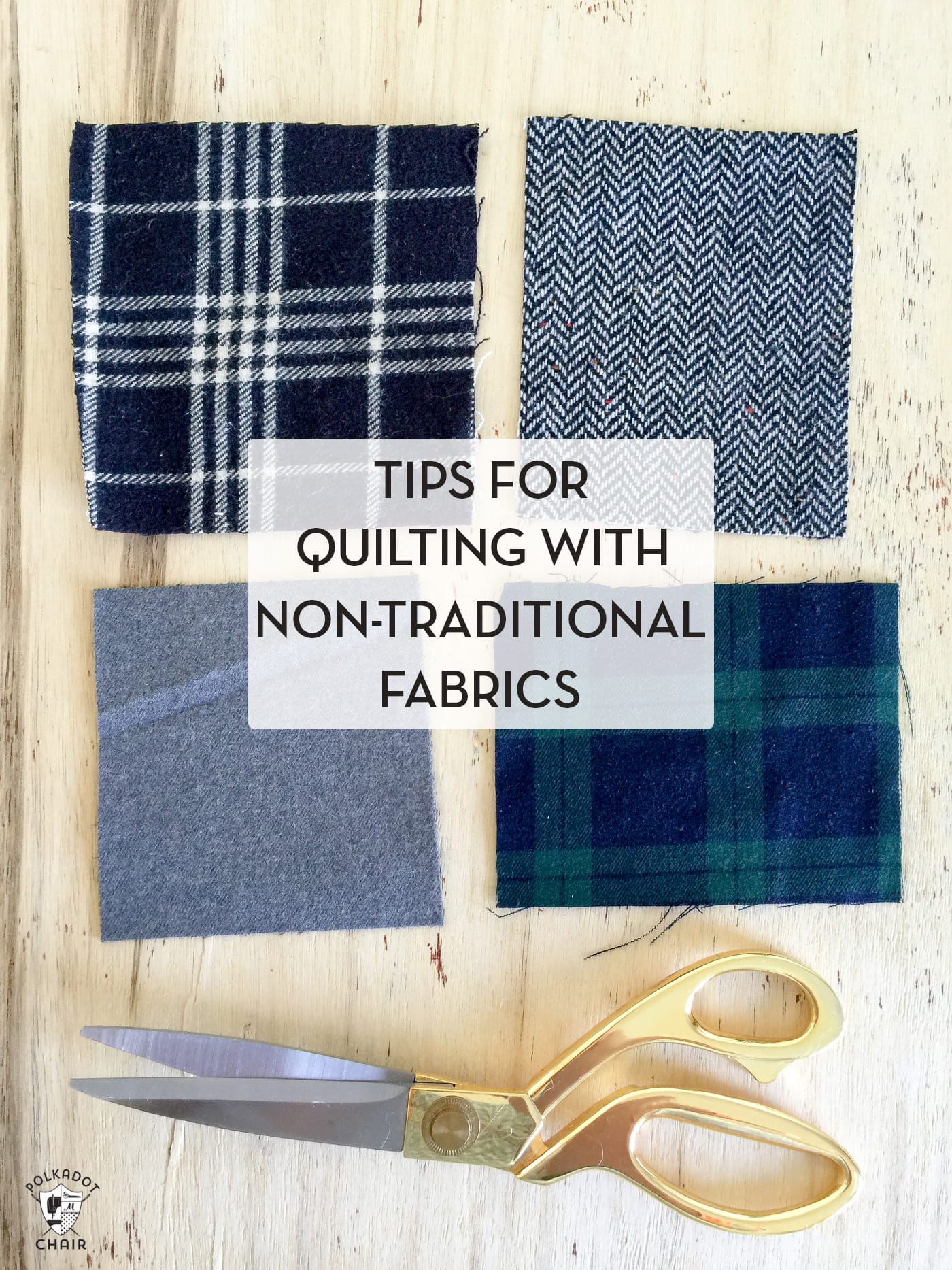
Making a quilt out of entirely traditional quilting cotton makes total sense…it’s in the name of the fabric! It’s what I use nine times out of ten.
However, what about that one time out of ten? I love using different fabric types in one patchwork project because it can add texture, extra weight/warmth, or just that extra bit of interest and variety. Or it can add all of these things.
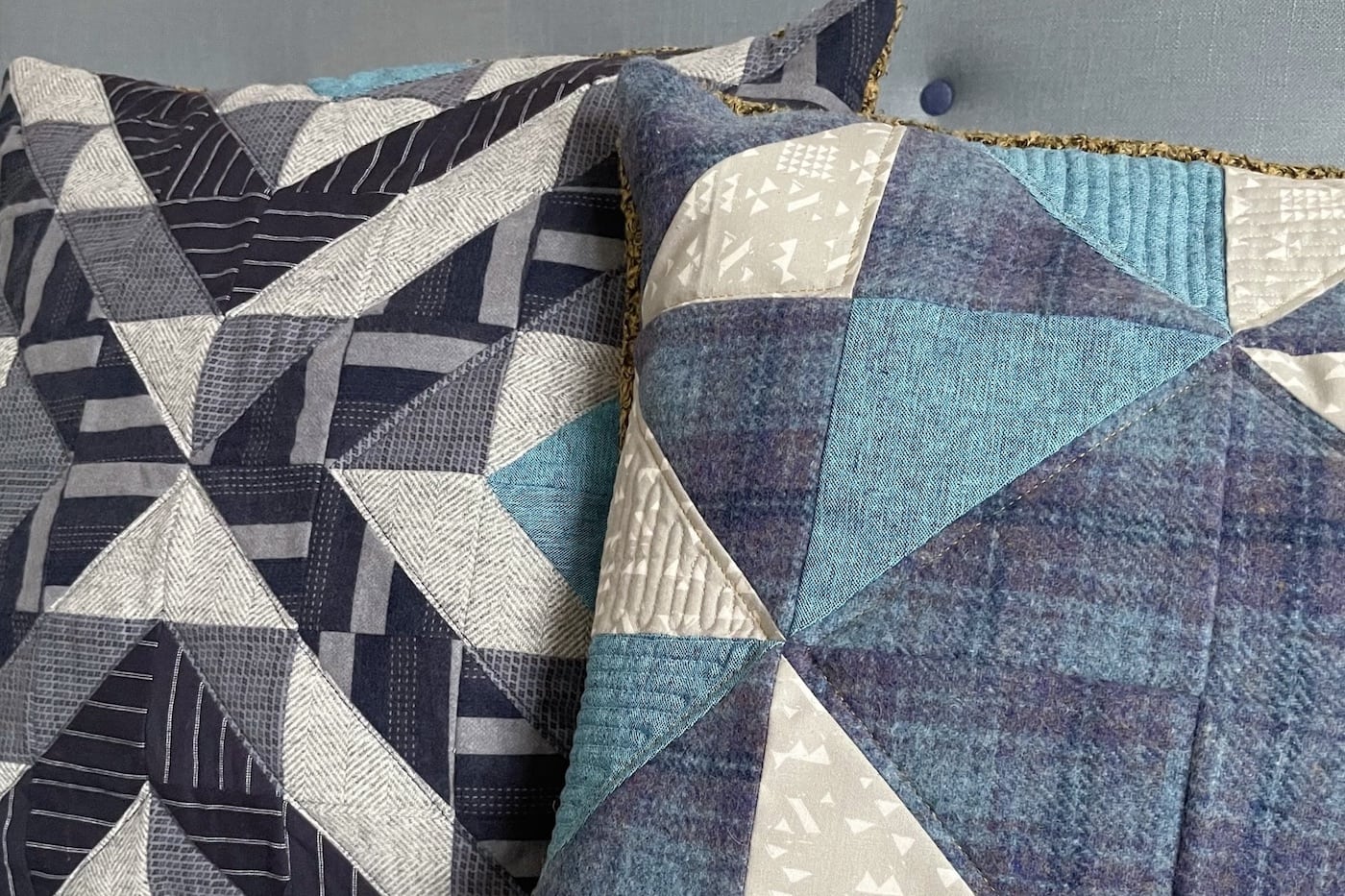
Using fabrics that aren’t quilting cotton for patchwork projects can produce different challenges. These hurdles can be linked to specific types of fabrics or things you must keep in mind when working with a mixture of fabric types in one project.
Fabrics to Try Instead of Quilting Cotton
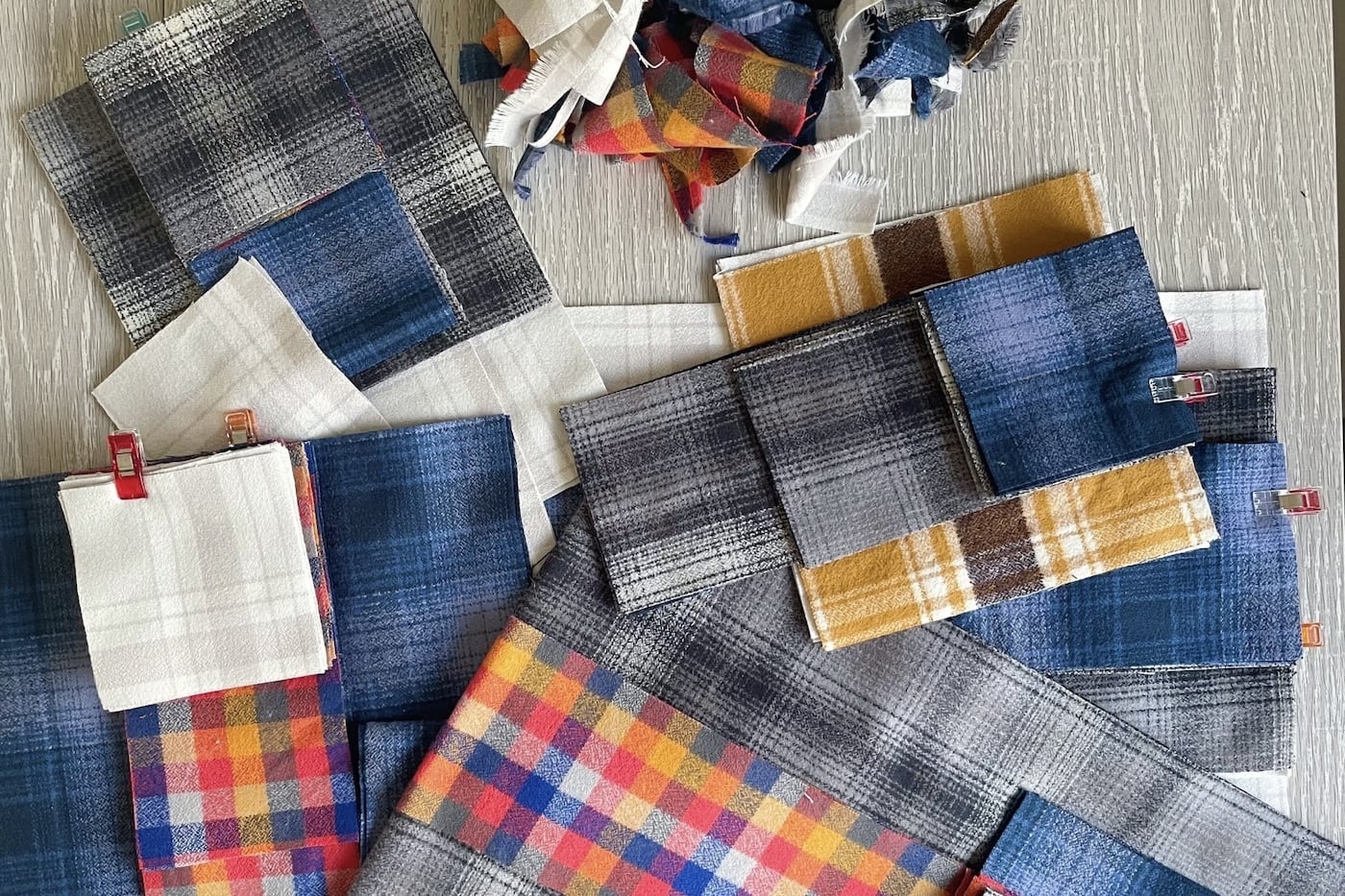
Some of the fabrics that you may enjoy creating patchwork projects with include:
- Flannel
- Minky
- Tweed
- Double Gauze
- Velvet
- Corduroy
- Linen
Tips for Quilting with Fabric Other than Quilting Cotton
In some ways, making a patchwork quilt from a mixture of fabric types and weights is the same as making one all from quilting cotton; you’ll still be cutting, piecing, and pressing. But there are certain things you should keep in mind so you still get the same finish.
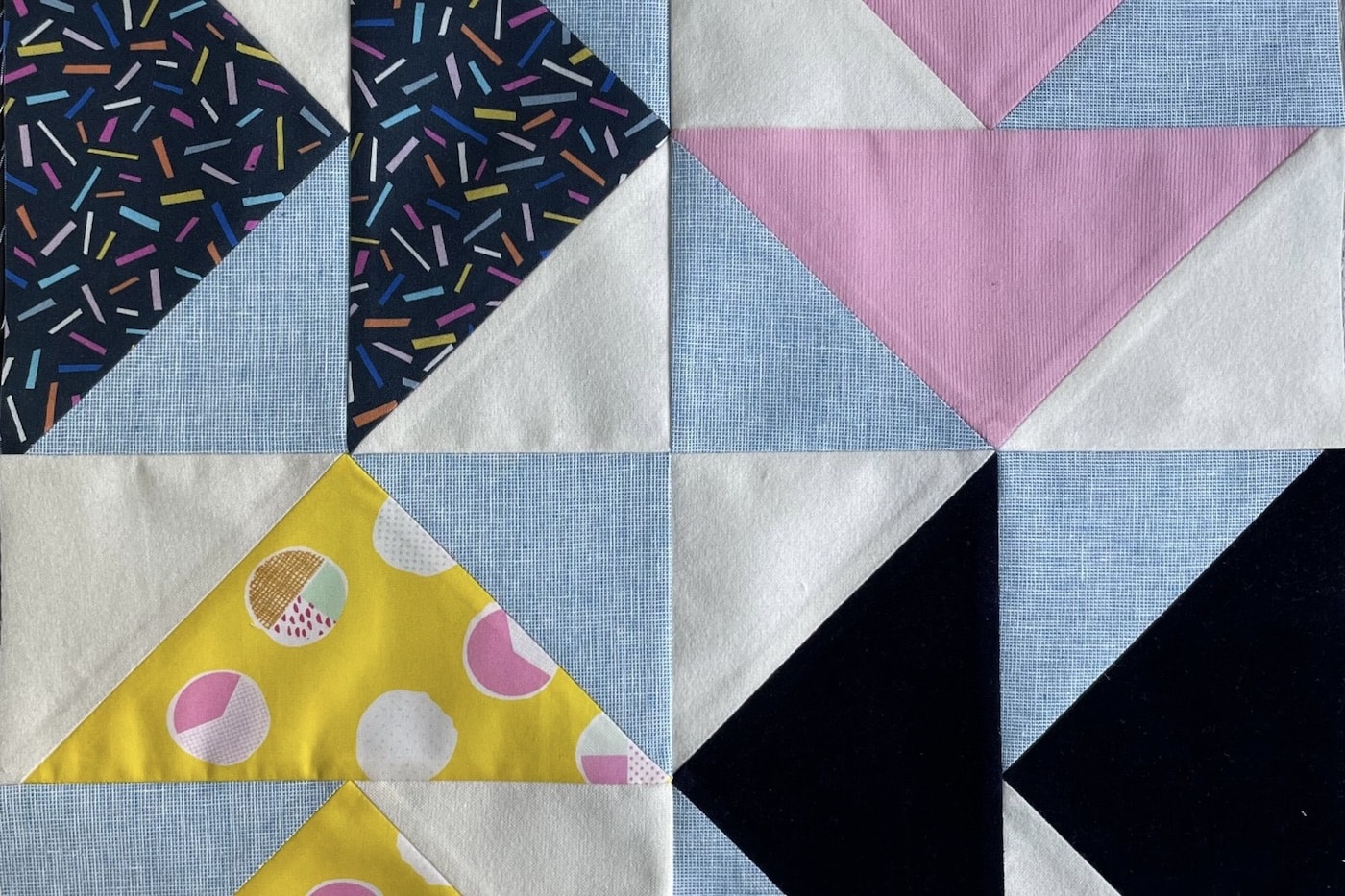
Here are a few tips and tricks to keep in mind when you’re patchworking with different fabrics or a mix of fabric types.
One: Prewash your Fabric
If you have a favorite quilting cotton as I do, you know it does shrink, usually by how much.
For that reason, I never prewash my fabrics (yes, I know that’s controversial). I almost always sew with high-quality quilting cotton that shrinks minimally. I like that it shrinks; it gives washed quilts a great wrinkly, cozy texture.
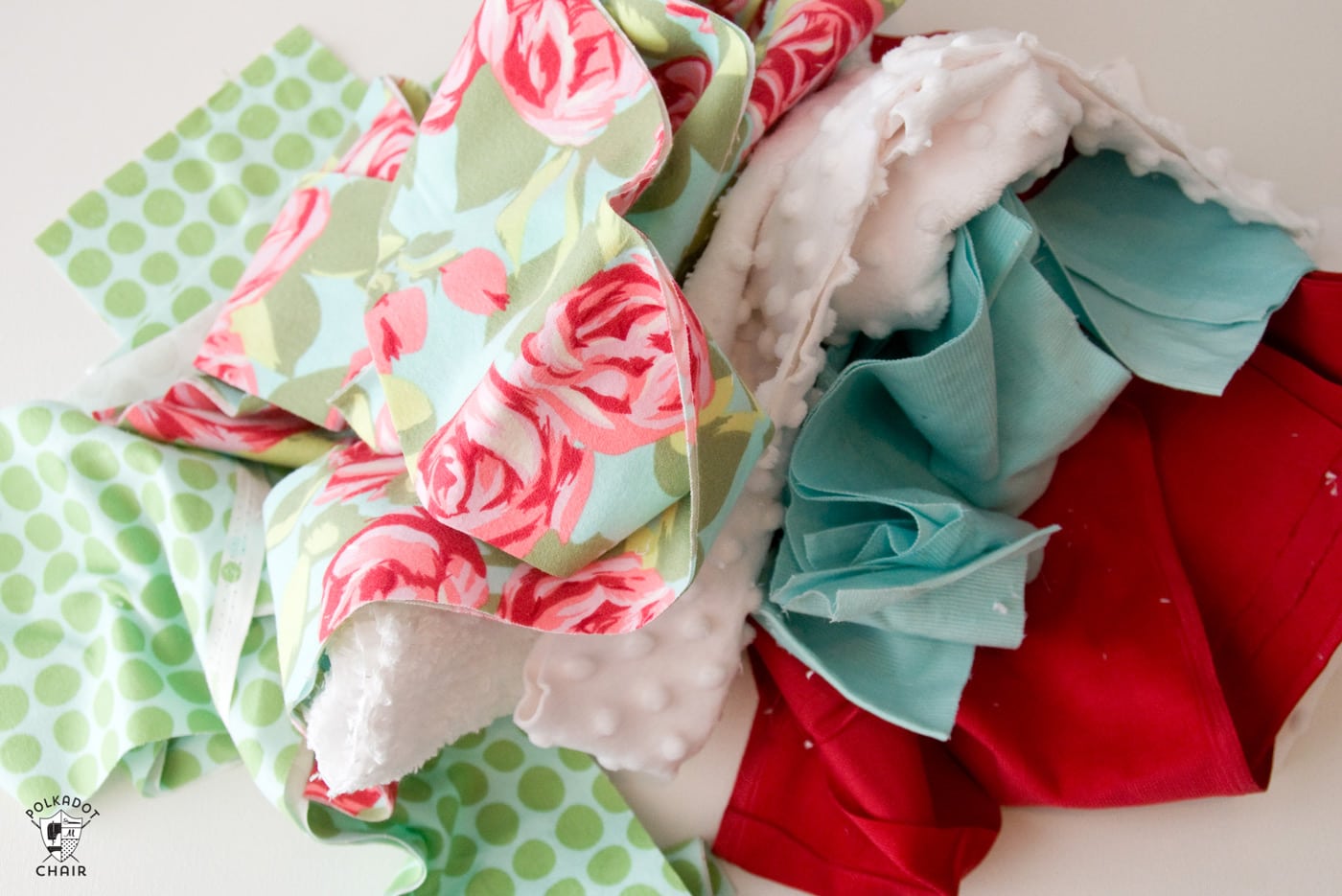
However, nontraditional fabrics (like flannel) may shrink and shrink significantly. If you’re making something that may need to be washed at some point (as most quilted projects do), you’ll want to prewash and dry your fabrics before you cut them.
If you are sewing with wool, it should never be dried in a dryer as it will shrink significantly. For this reason, as well, if you create a quilt with wool, it will need to be line dried.
Two: Test your Seam Allowance
Testing your seam allowance is useful at the beginning of any patchwork project because many things can influence the accuracy of a seam allowance (sewing machine foot, thread weight, seam allowance guide etc).
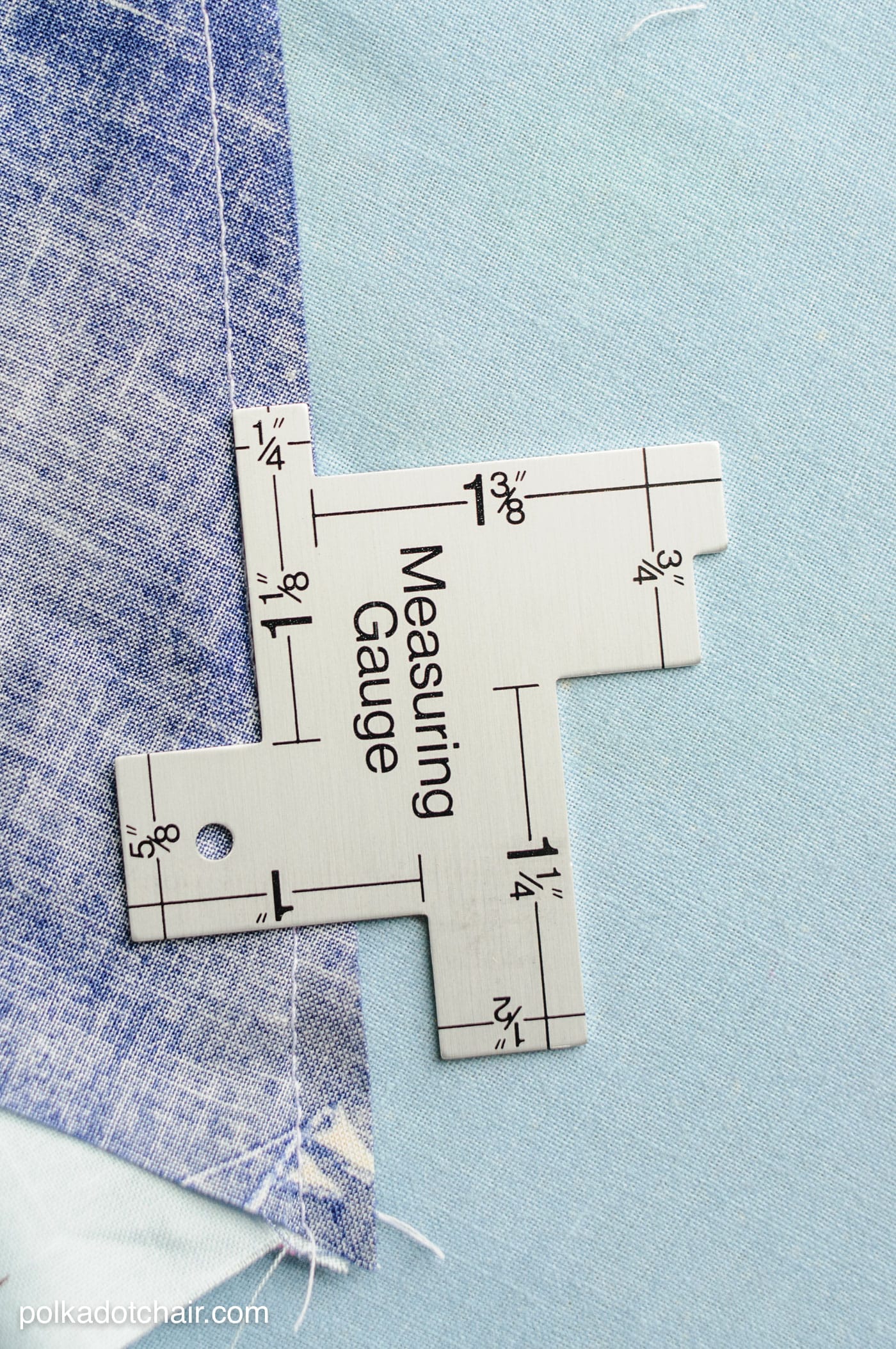
But it’s even more important to test your seam allowance when piecing with “different” or mixed fabrics. Bulkier/heavier fabrics like velvet and tweed will occupy more space in your pressed seam allowance.
This means when you sew an exact 1/4″ seam allowance, it will actually increase when you’ve pressed the seam of the heavier fabrics (especially if you press the seams to the side), which will have the knock-on effect of reducing the size of all your pieced elements.
Adjust Your Seam Allowance for Lightweight Wovens
When sewing with fabrics that fray easily, such as flannel, you may want to increase your seam allowance to 1/2″.
Higher-quality flannels do not fray as much; lighter woven flannels may fray significantly. If you are making a quilt out of upcycled flannel shirts, I would definitely increase your seam allowance, as many flannels used for apparel will fray. You don’t want to create an entire quilt and then have it fall apart the first time it’s washed.
Obviously, this will change the measurements of your fabric pieces. It will require more planning beforehand if it’s an intricately pieced project. As a general rule, if you increase your seam allowance to 1/2″, you’ll need to increase the size of your CUT pieces of fabric by 1/2″. So, instead of a 2 1/2″ square, you’ll want to cut a 3″ square of fabric. You must also purchase at least an extra 1/4 yard of fabric.
Three: Use a Sharp Blade
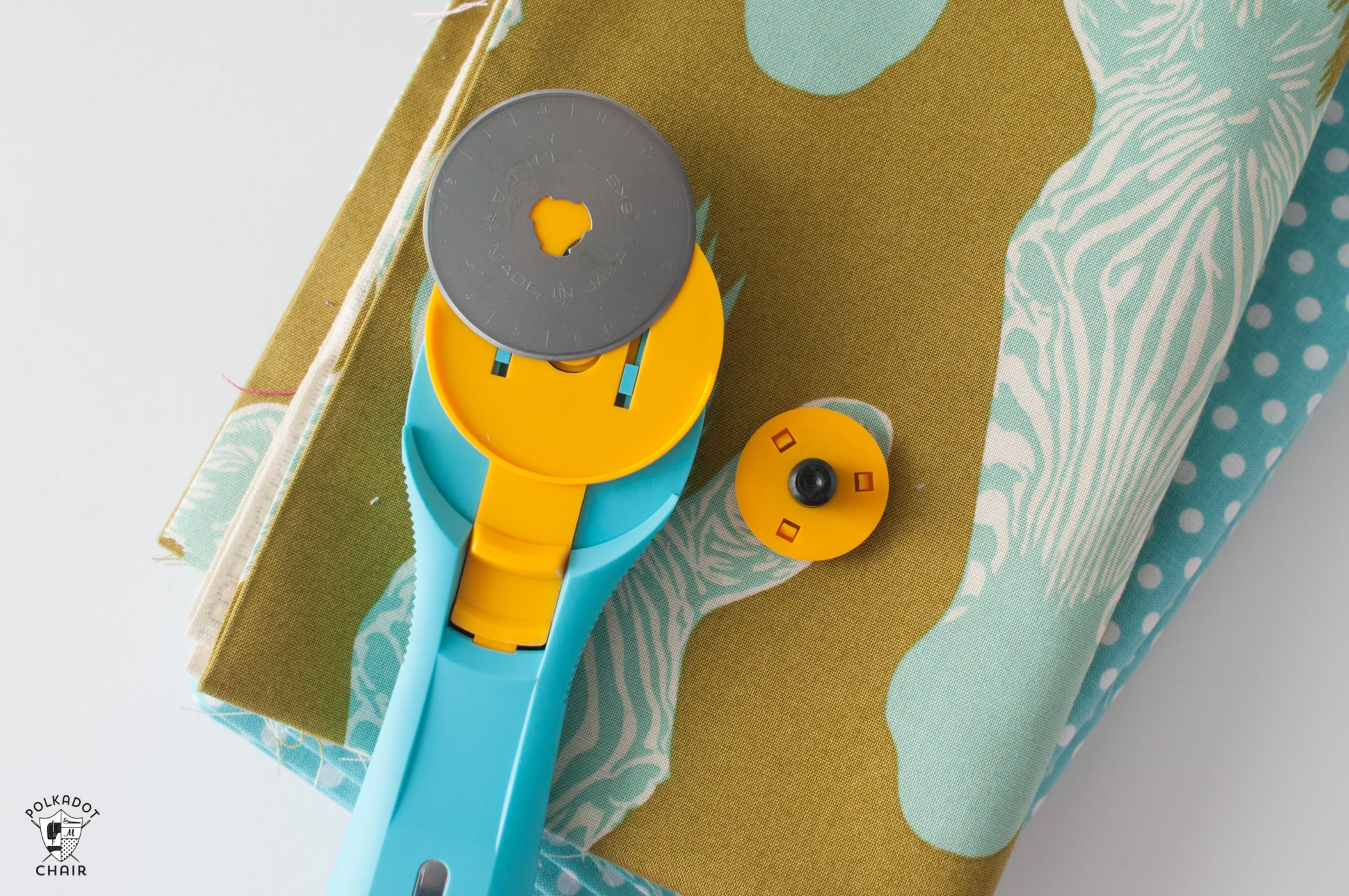
It’s not always the case, but I have found that many “different” fabrics (velvet, corduroy, tweed, flannel, etc.) shed and fray at the edges more than most quilting cottons.
Using a very sharp (brand new!) rotary cutter blade can really help to reduce the fraying you get when cutting the fabric pieces. Be prepared for a lot more fluff and bits when working with these types of fabric!
Four: Press the Seams Open
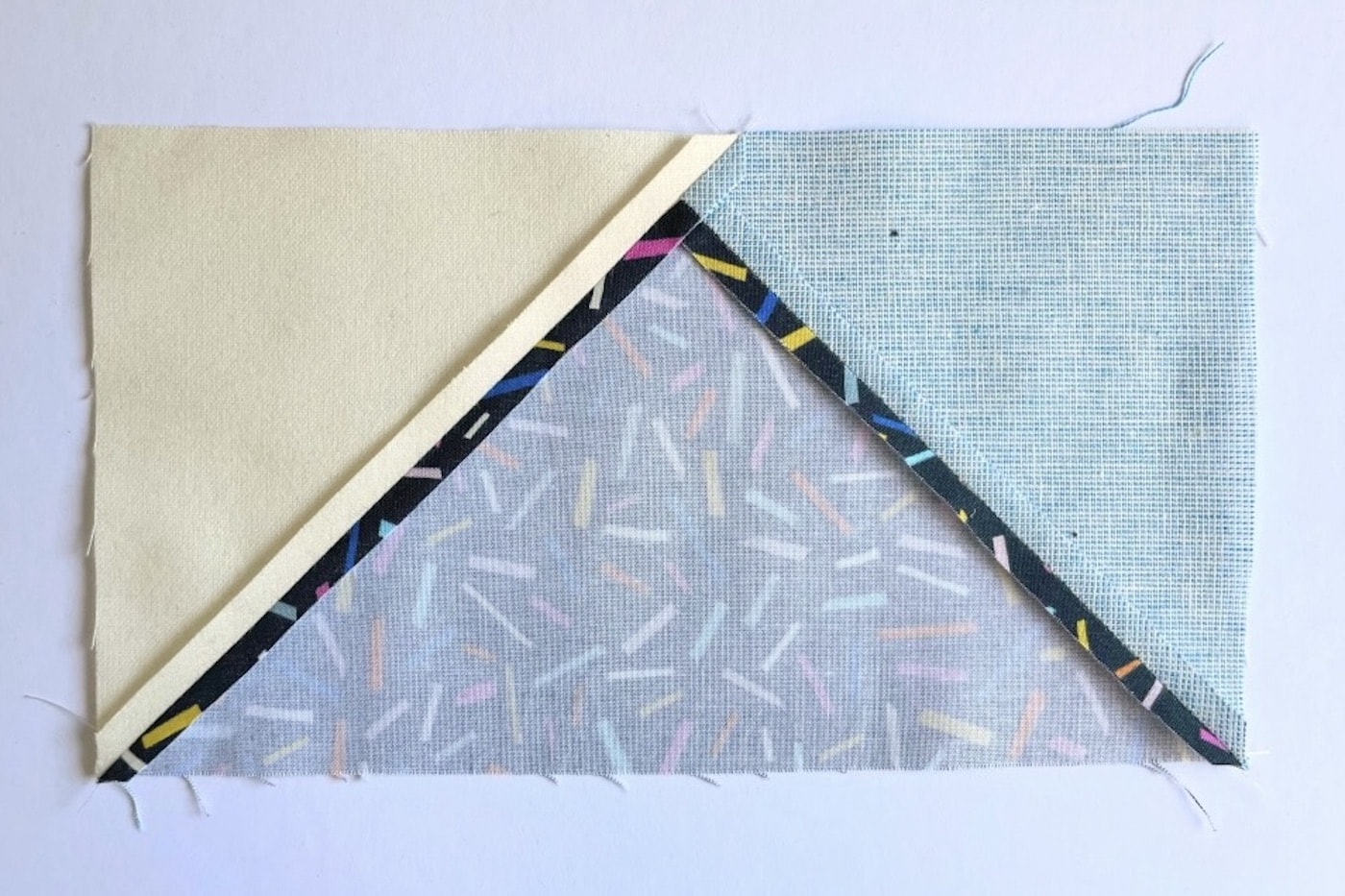
Everyone has different views when it comes to seam pressing direction. I like to use both, but my preference is usually pressing to the side. With heavier-weight fabric, pressing all the seams open really helps to avoid extra bulk when you come to piecing the blocks together and quilting.
Five: Use More Pins
If you never use pins when constructing a patchwork quilt, I’d highly recommend using them for a “different” or mixed fabrics project. I always pin where seams meet, but I also find it really helpful to add a few pins in the spaces between seams, too.
Fabrics like velvet, linen, and flannel have more “give” than quilting cotton, which makes them much more likely to shift or stretch during sewing.
Six: Use a Walking Foot for Piecing
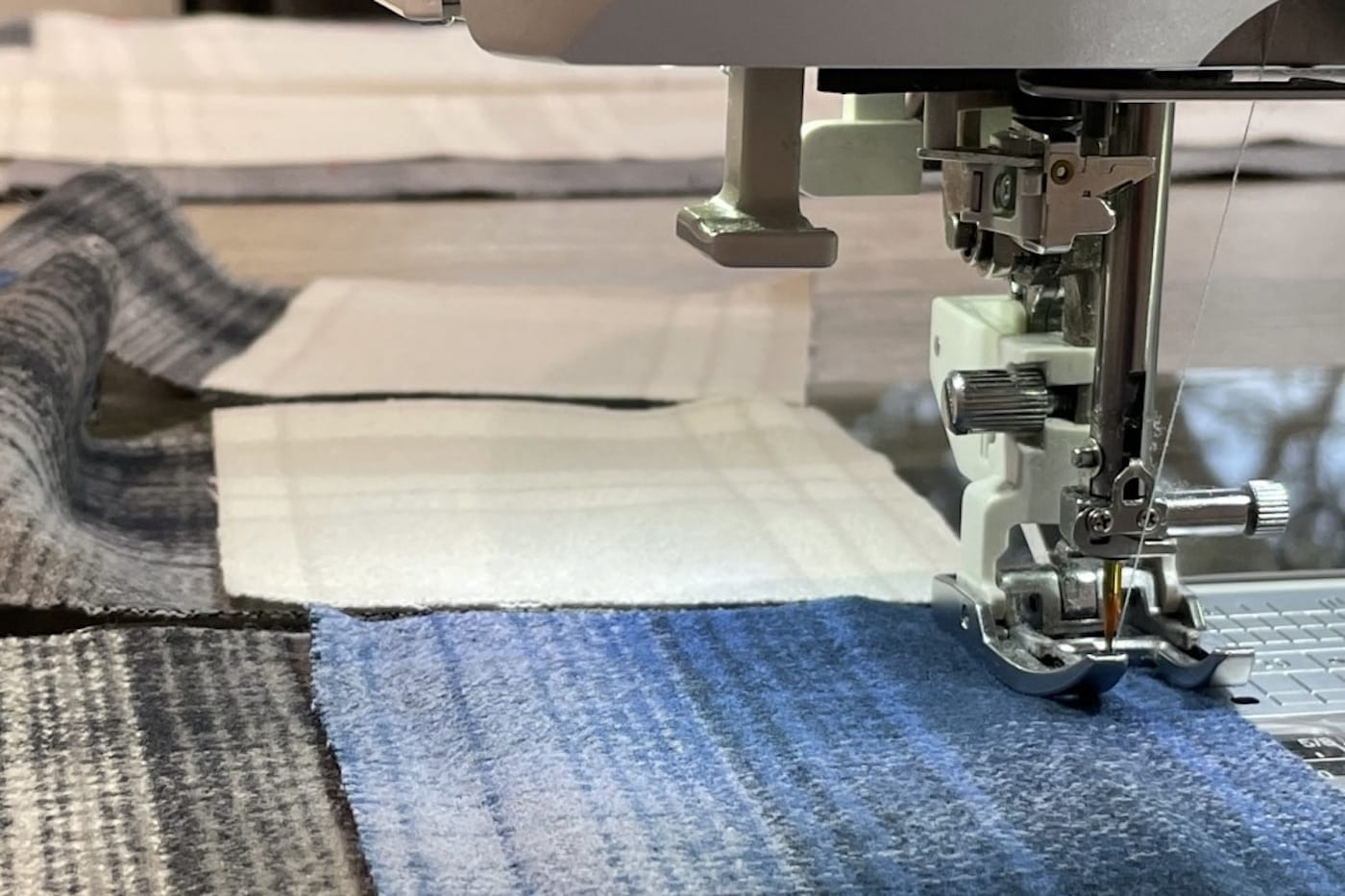
I always use a walking foot when quilting but not so much for patchwork piecing. I have experimented with a regular foot and a walking foot when piecing quilts with “different” and mixed fabrics, and the results have always been much better with the walking foot…for the same reasons as the previous tip.
Seven: Use a heavier sewing machine needle
I usually piece quilting cotton with an 80/12 needle, but for anything heavier, I swap to a 90/14 needle.
Eight: Check the Fabric Nap
Fabrics such as velvet and corduroy have a more textured surface. If you run your hand over them, you’ll feel the fibers.
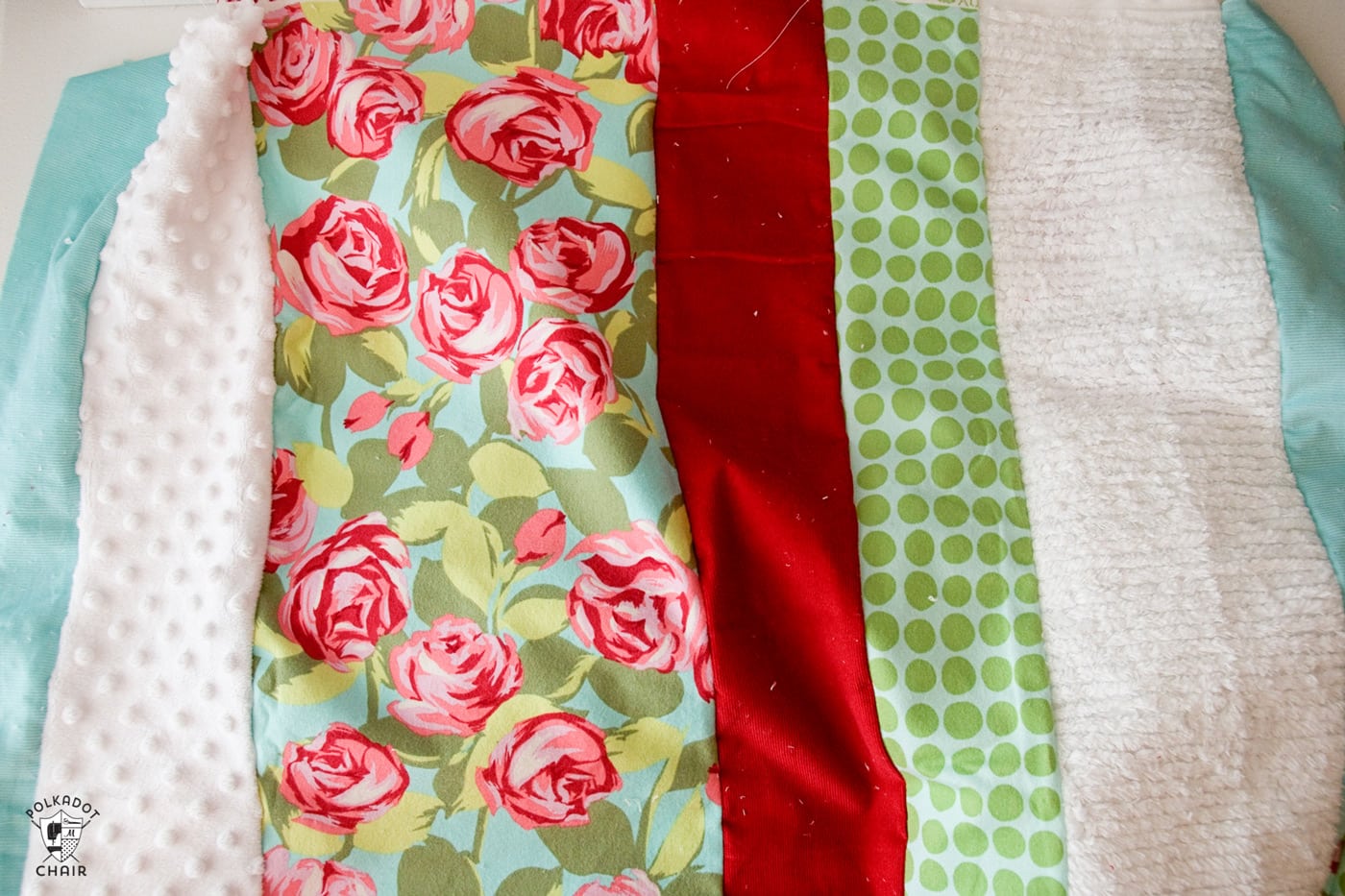
Usually, the nap will have two different directions (smoothed down or pushed up), and depending on which way the fibers are, it gives the surface a slightly different color as the light hits different parts of the fabric.
It’s common for the nap to smooth down the garment in clothing, but it doesn’t matter for a quilt. When piecing with fabrics like this, I’d recommend taking your time to keep the nap of the different fabric types running in the same direction as each other.
Nine: Think About Thread Weight
When piecing heavier or mixed fabrics, I don’t change the thread I use (50wt), but it’s important to think about the texture of your fabrics when choosing machine quilting threads.
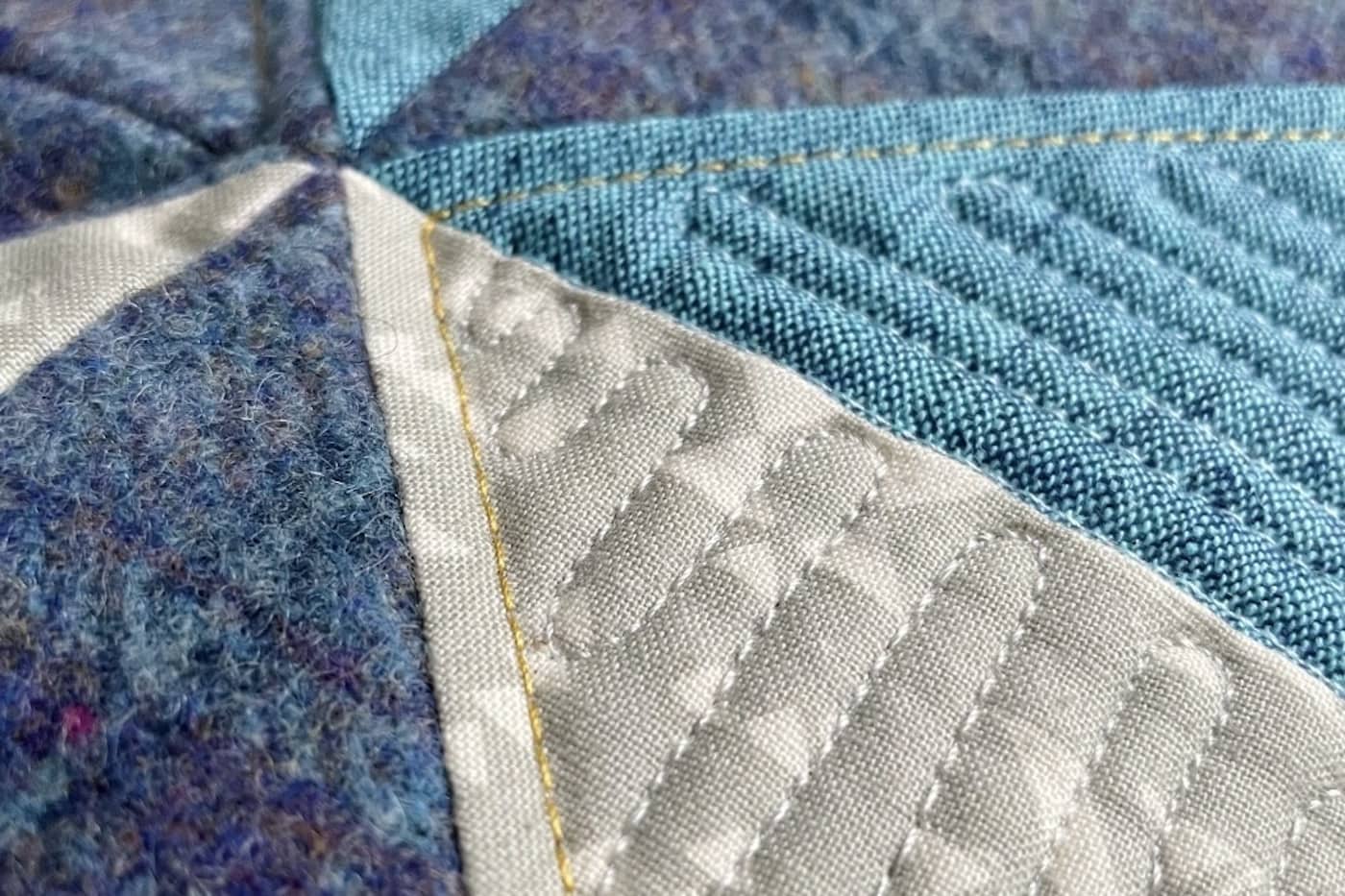
If you choose a quilting thread weight that is too light, then it could sink unnoticed into the heavy or thick-piled fabric (i.e. you may not be able to see visible machine quilting lines). You’ll need to experiment with this, depending on the fabrics you are quilting.
Projects to Try
You can substitute a non-traditional quilting fabric into nearly any quilt or patchwork pattern. Here are a few projects we have on our site that are created with non-traditional fabrics.
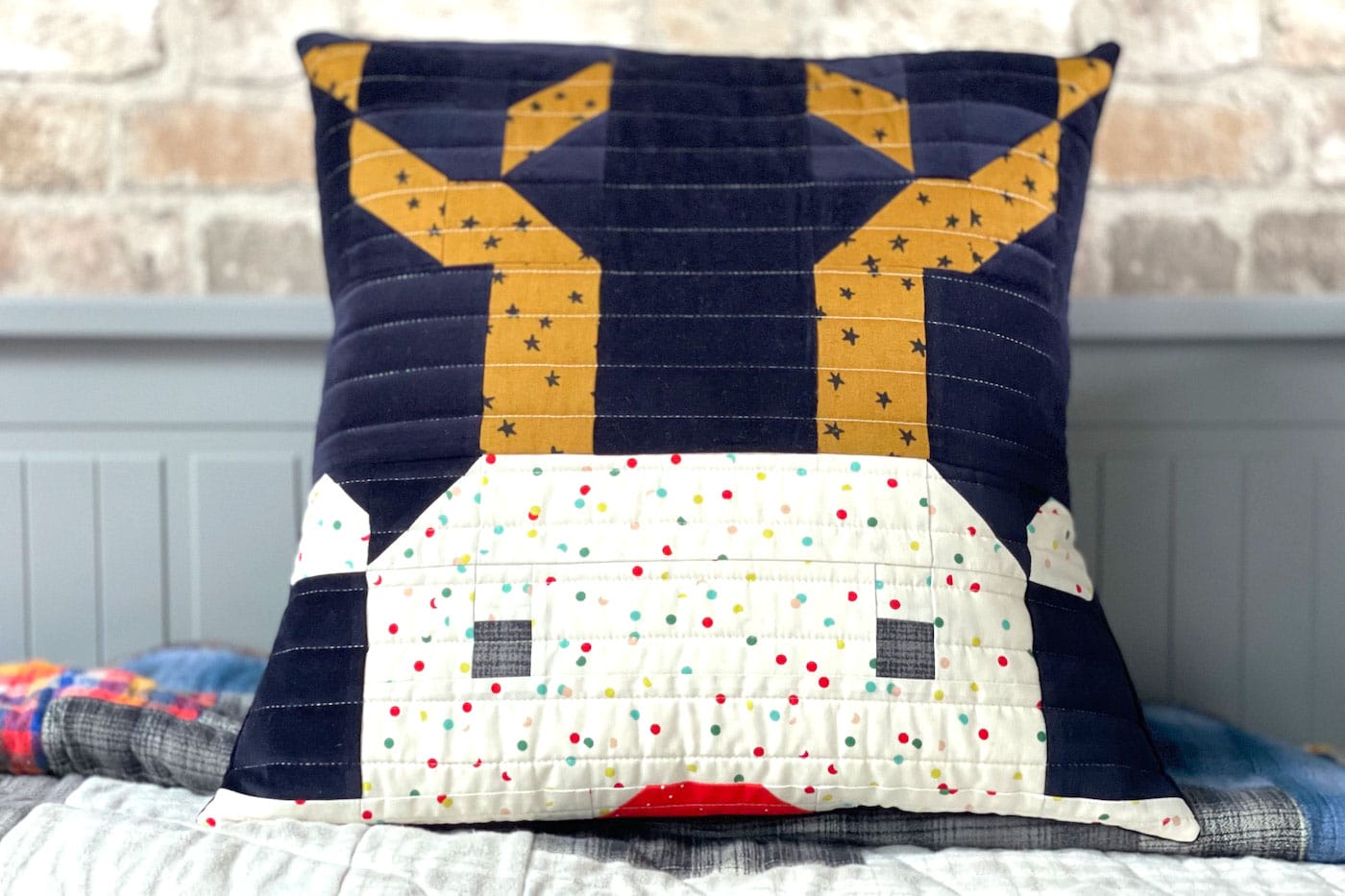
This Reindeer Pillow Pattern features navy velvet as the background fabric. It gives the entire project a beautiful texture and sheen.
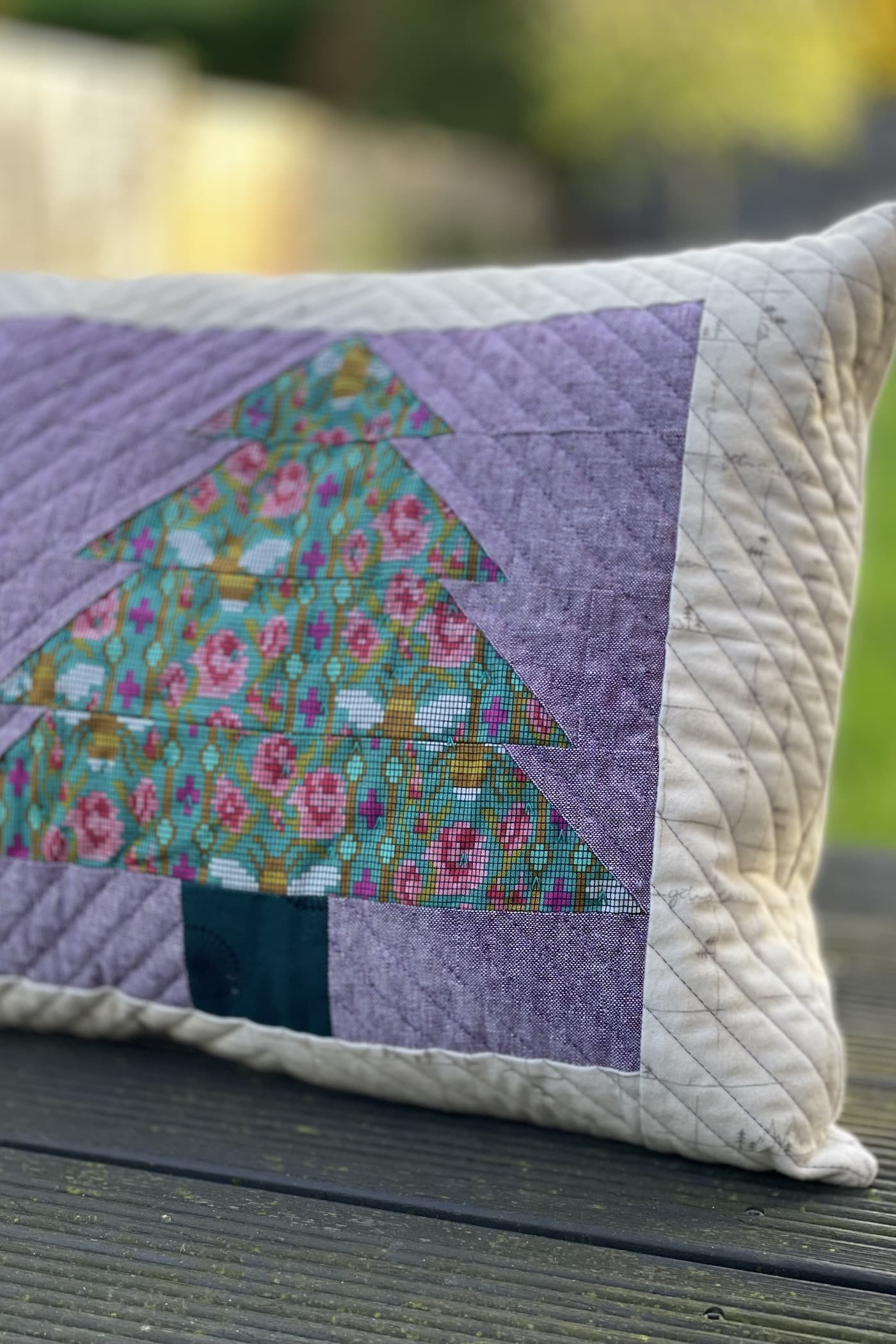
The Twin Pines pillow pattern is made using a variety of textured fabrics such as flannel and linen.
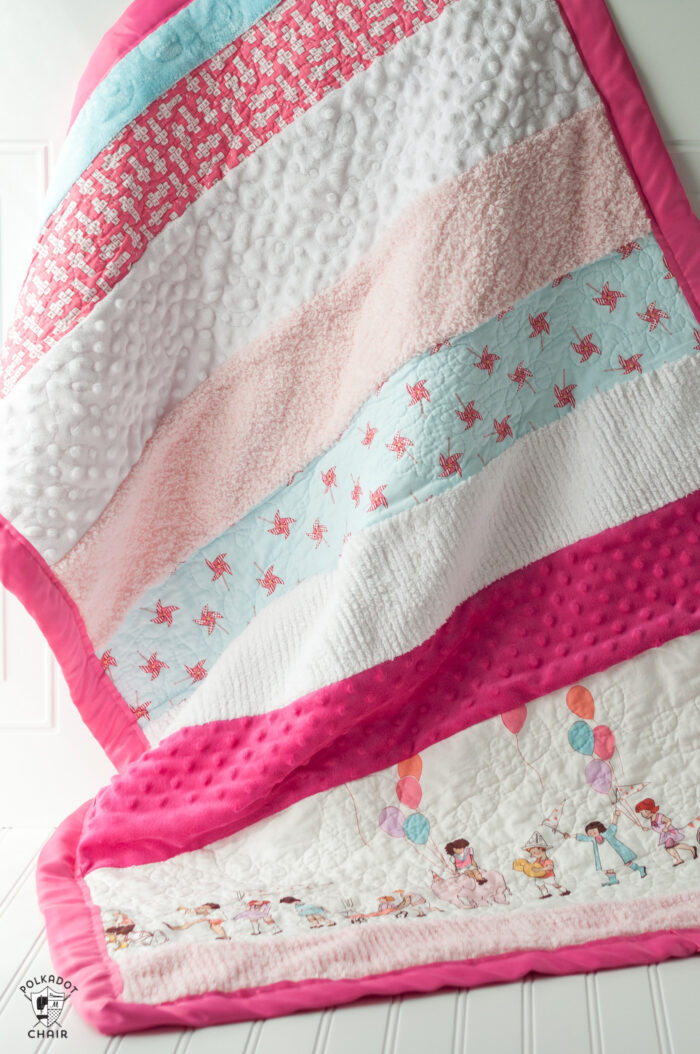
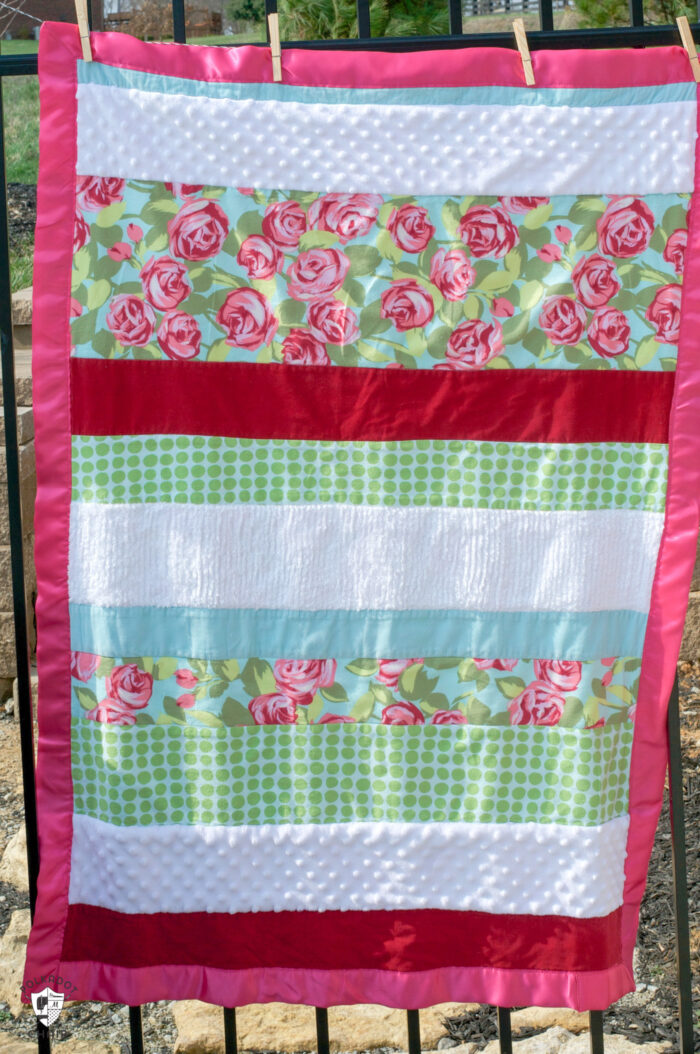
While not completely traditional patchwork, our Sensory Baby Quilt tutorial features a variety of fabrics, from flannel to corduroy to minky. It’s a great way to use up some scraps of fabric from other projects.

